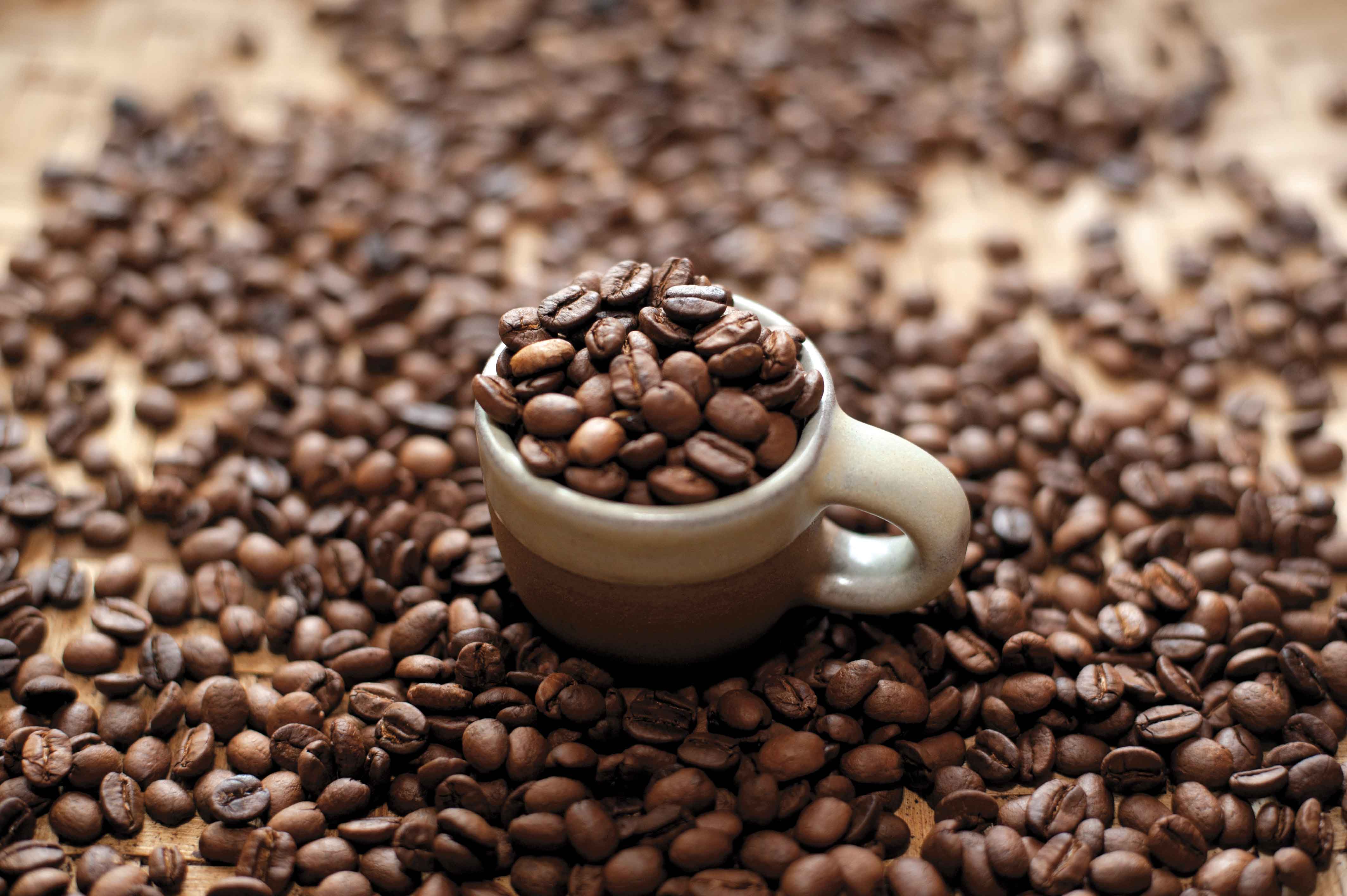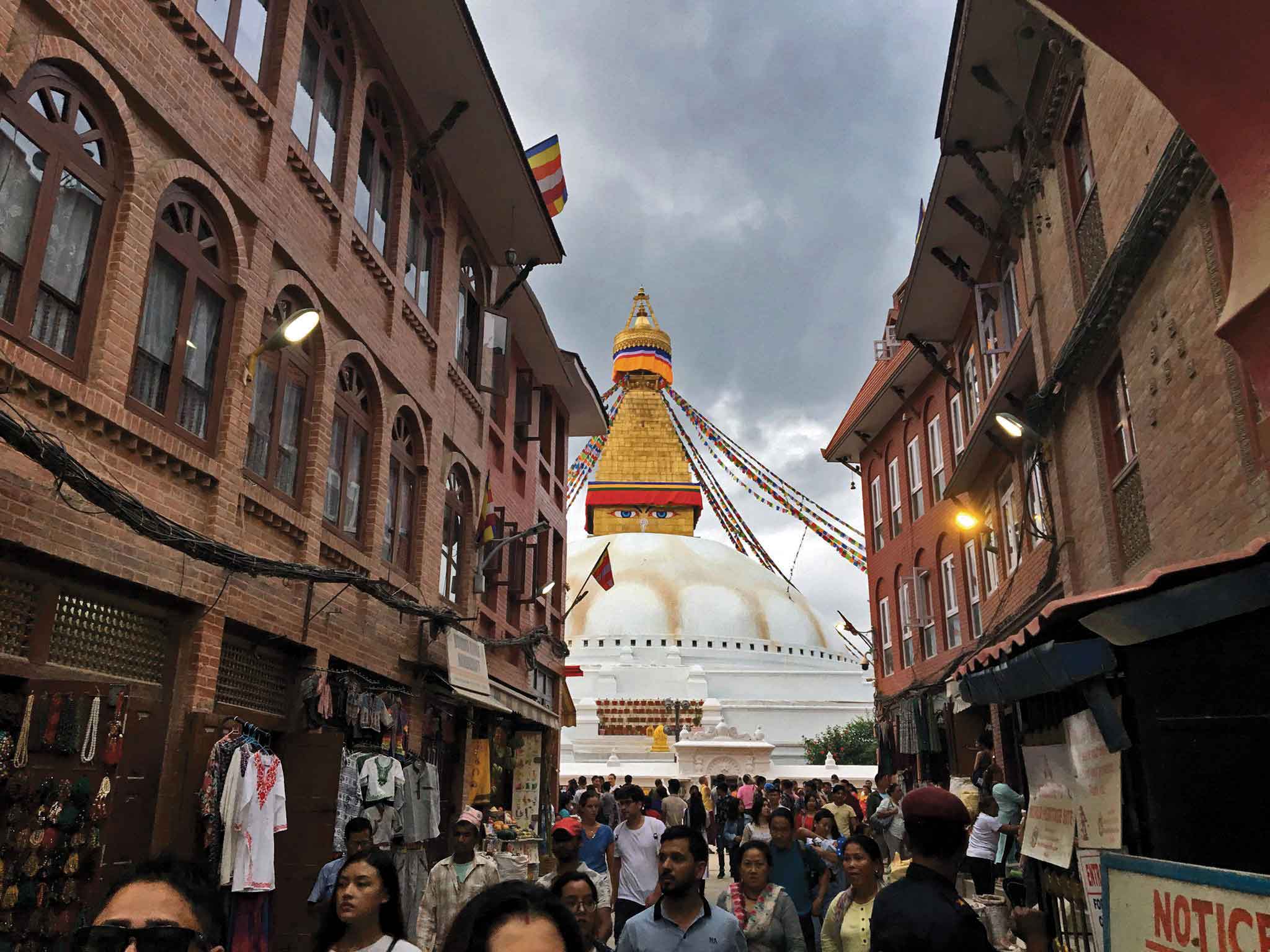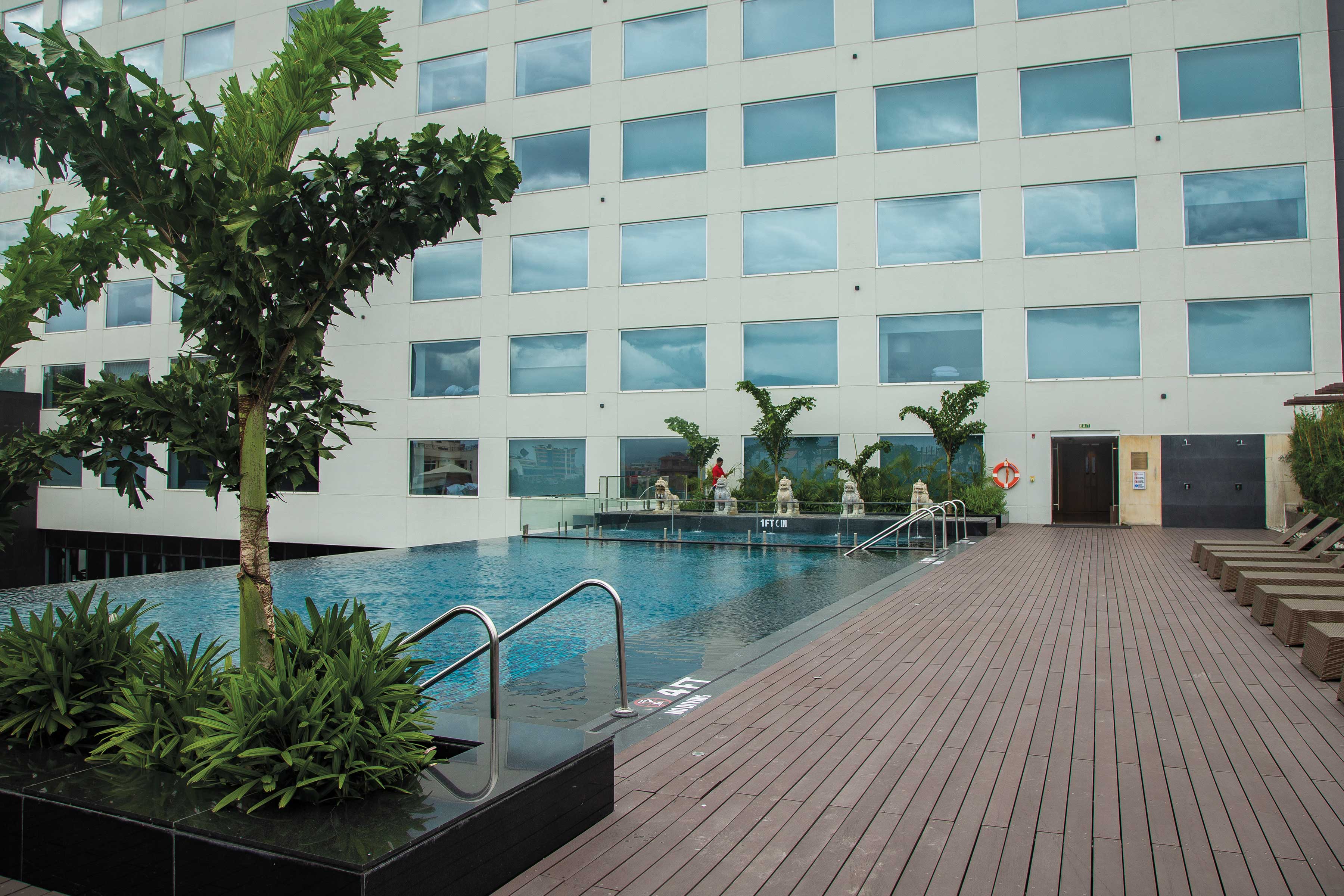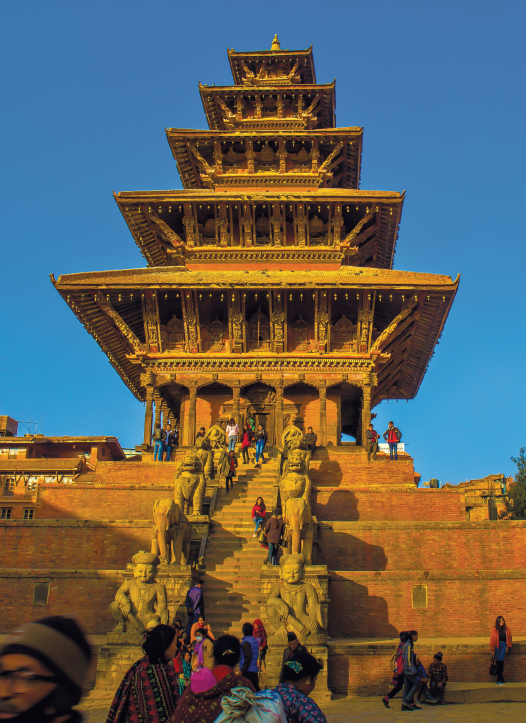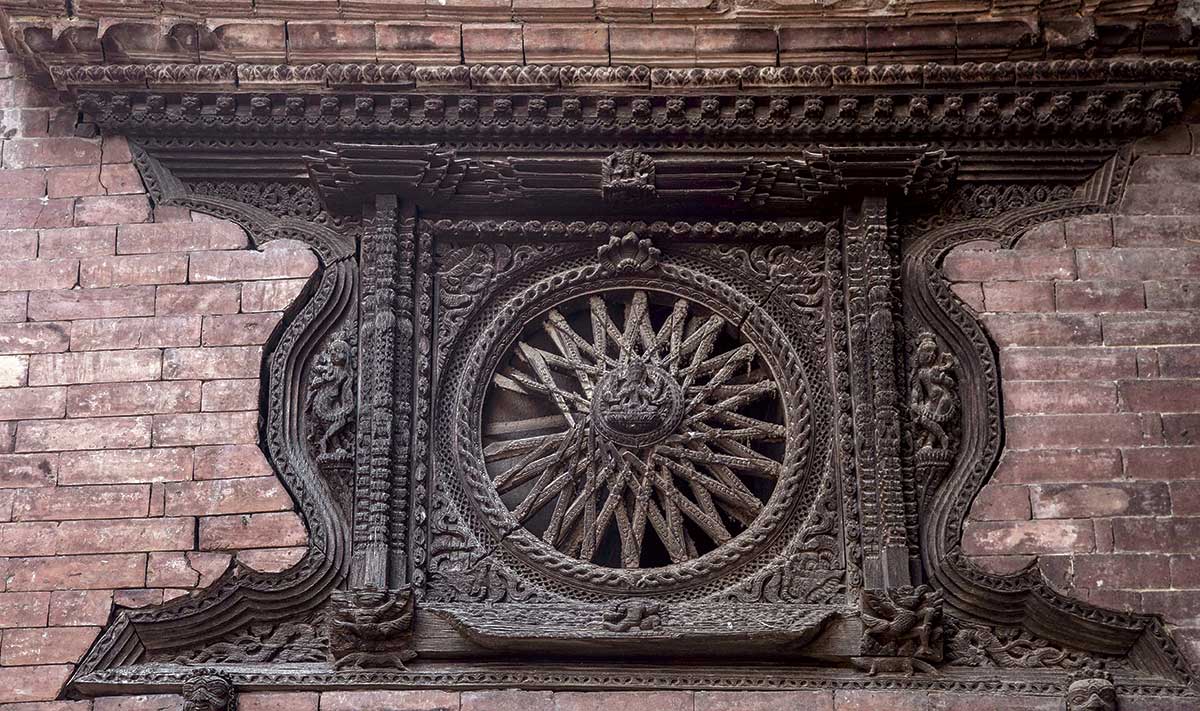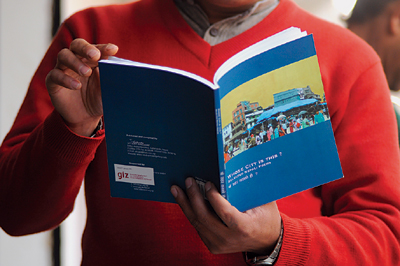 Once upon a time, repetition, verse and rhyme were what distinguished poetry from other forms of literary writing. Came the 20th century and along with it, a great liberalism in the definition of poetry which then became just a creative use of language without any of the parameters of days gone by when poetry was, “Ah, poetry!” And, thus was lost the most loved aspects of all things poetical, that is, lyricism, and one cannot be blamed for mistaking some of today’s poetry to be “cropped up prose”. “Whose City is This?’ alas, has a few such examples, at least as far as the English translations are concerned although the Nepali originals are creative and interesting.
Once upon a time, repetition, verse and rhyme were what distinguished poetry from other forms of literary writing. Came the 20th century and along with it, a great liberalism in the definition of poetry which then became just a creative use of language without any of the parameters of days gone by when poetry was, “Ah, poetry!” And, thus was lost the most loved aspects of all things poetical, that is, lyricism, and one cannot be blamed for mistaking some of today’s poetry to be “cropped up prose”. “Whose City is This?’ alas, has a few such examples, at least as far as the English translations are concerned although the Nepali originals are creative and interesting.
Clarifying the question that is the title itself, 27 Nepali poets have contributed their “aesthetic reinterpretations” of the current urban landscape of Kathmandu in a well-packaged product compiled and published by Siddhartha Art Gallery with support from GTZ. Well-known names crop up in between lesser known ones and naturally, one skims through those first. However, one needs to read each poem twice, first the original (obviously) then the translation. The ones in Nepali range from pretty good to excellent while some of the English translations appear to be quite labored efforts.
Manjul’s “This City Gives Sweet Sleep” is an upbeat one wherein he eulogizes:
With it
are beautiful books
sweet sleep is in every line
With it
is beautiful music
sweet music is in every rhyme
Yes
the city gives me sweet sleep
Viplov Pratik, on the other hand, is more in tune with the present condition of the city but at least sympathetic and rages in his “My City”:
The poor have gnashed it
the rich have robbed it
Those long here consider it a fiefdom
and migrants have cursed
my city, my suffering city
Actually, these are desperate feelings that are commonly shared by most of the other contributors. Like Sulochana Manandhar who writes in her “Me and My City”:
Overnight
skyscrapers have stood on my chest
smoke and dust rule
over green trees and flower buds
Together with the exodus
of displaced villagers carrying their bags
the displaced are piling up one after another
from village to city …
And, what does Benju Sharma say? Here are a few lines from her “City”:
But then, with time, came the locusts
and into their ever famished mouths
passed entire gardens, forests
Hunger devoured all ethics
gulped down norms and values
Love, goodwill, cooperation, tolerance and affection
ravaged by tremors
The city’s broad culture, legacy and relationships
seized and turned into a ruined memorial…
The above lines give a good idea of what to expect in “Whose City Is This?” As mentioned before, the originals are a better read than their translations. Both are however, representative of most people’s feelings towards what is happening to this city and representative too of the nostalgia locals have of their city as it used to be once upon a time. As for the last word on “Whose City Is This?” let relatively unknown poet, Dilli Raman Nepal of Bhojpur, say it loud and clear:
Does this city belong to those
who were forced
while building this city
to swim in suffering’s pond?
and who used tools and machines to build it?
Does this city belong
to those who came from outside?
…I say this city
belongs to all
who live the earth over
to all who come, go
and stay.
(The reviewer is author of ‘The Dark Mermaid’)

Cultural Studies Group of Nepal: Insight from those who really know their stuff
If you are already wise to the ways of CSGN, feel free to skip to...


